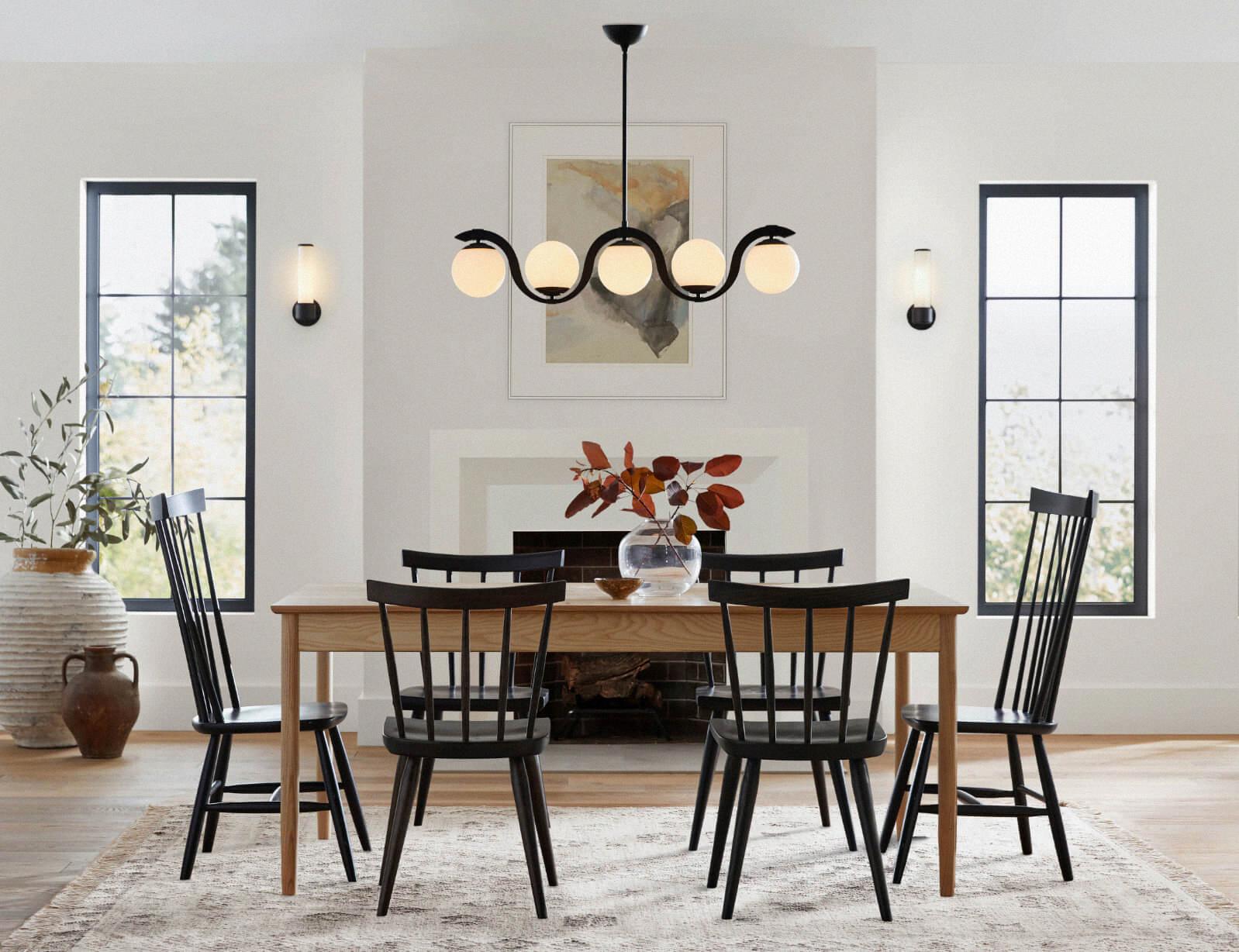The living room is often the heart of the home, where family and friends gather to relax and spend quality time together. However, the placement of furniture in this space can greatly affect its functionality and aesthetic appeal. To help you make the most of your living room, we've compiled a list of the top 10 furniture placement ideas to consider. From small living rooms to large open concept spaces, we've got you covered. Transform Your Living Room with These Top 10 Furniture Placement Ideas
If you have a small living room, it's important to make the most of every inch of space. This means choosing furniture pieces that are not only functional but also visually light and versatile. Consider using a sectional sofa that can be easily rearranged and can double as a guest bed. Utilize ottomans that can be used for extra seating or as a coffee table. And don't forget to take advantage of vertical space with shelving units or wall-mounted storage. 1. Living Room Furniture Placement Ideas that Maximize Space
When it comes to arranging furniture in a small living room, it's all about creating a sense of balance and flow. Start by placing the largest piece of furniture, such as a sofa or sectional, against a wall to open up the center of the room. Add accent chairs or ottomans for additional seating without taking up too much space. And remember to leave walkways between furniture pieces to avoid a cramped and cluttered look. 2. Best Furniture Placement for Small Living Rooms
If your living room has a fireplace, it's important to consider it when placing furniture. One option is to make the fireplace the centerpiece of the room by arranging seating around it. This creates a cozy and inviting atmosphere, perfect for cold winter nights. Alternatively, you can use the fireplace as a focal point and arrange furniture in an L-shaped or U-shaped configuration facing towards it. 3. Living Room Furniture Placement with Fireplace
In a large living room, the key is to create zones for different activities. Start by dividing the space into conversation and entertainment areas. Use area rugs to define each zone and anchor furniture pieces. For example, place a sofa and chairs in a conversation area, with a coffee table in the center, and a TV stand and media console in the entertainment area. 4. Furniture Placement in Large Living Rooms
The TV is often a focal point in the living room, so it's important to consider its placement when arranging furniture. One popular option is to mount the TV above the fireplace or on a wall and arrange seating around it. If you prefer not to have the TV as the main focus, you can also place it in a media console or entertainment center and have it blend in with the rest of the room's decor. 5. Living Room Furniture Placement for TV
Open concept living rooms are becoming increasingly popular, but they can also be challenging to furnish. The key is to create a sense of cohesion and flow between the different areas. Use area rugs to define each space, and try to keep furniture pieces in a similar color palette and style. You can also use accent pieces, such as throw pillows or artwork, to tie the different areas together. 6. Furniture Placement in Open Concept Living Rooms
Many people use their living room as a place to relax and have conversations with friends and family. To create an ideal conversation area, arrange seating in a U-shaped or semi-circle configuration, with a coffee table or ottoman in the center. This allows for easy interaction and makes everyone feel included in the conversation. 7. Living Room Furniture Placement for Conversation
Not all living rooms have a traditional rectangular or square shape, which can make furniture placement challenging. However, with a little creativity, you can make the most of even the most awkward layouts. For example, if your living room is long and narrow, consider using a sofa and chairs in a parallel or diagonal arrangement. This creates a sense of balance and avoids the room feeling too cramped or empty. 8. Furniture Placement for Awkward Living Room Layouts
According to the principles of Feng Shui, the placement of furniture in the living room can greatly affect the energy flow and harmony of the space. To create a balanced and harmonious living room, consider the elements and placement of furniture. For example, placing a sofa against a solid wall and using round or curved shapes can promote a sense of stability and relaxation. 9. Living Room Furniture Placement for Feng Shui
The Importance of Living Room Furniture Placements in House Design

Creating a Welcoming and Functional Space
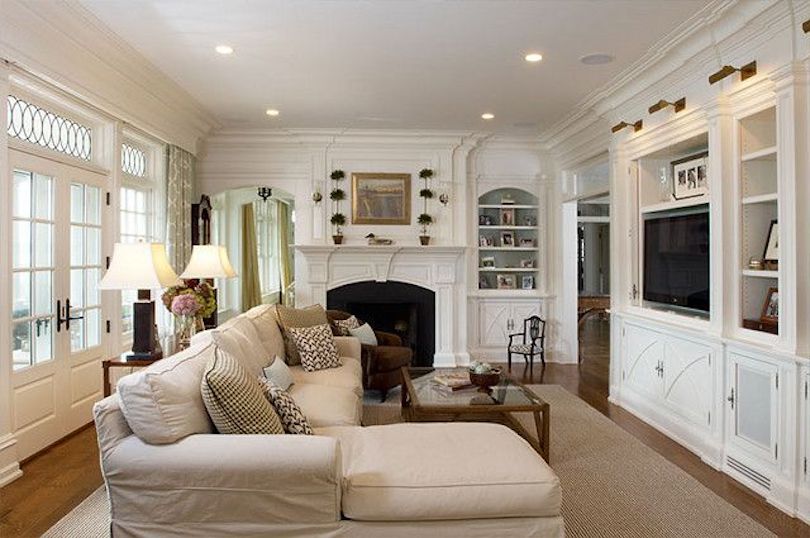 When designing the layout of your living room, one of the most important factors to consider is
furniture placement
. The way you arrange your furniture can greatly affect the overall look and feel of your space. Not only does it impact the flow and functionality of the room, but it also sets the tone for the entire house.
Living room furniture placements
can make or break the design of your home, so it's crucial to give it careful thought and consideration.
When designing the layout of your living room, one of the most important factors to consider is
furniture placement
. The way you arrange your furniture can greatly affect the overall look and feel of your space. Not only does it impact the flow and functionality of the room, but it also sets the tone for the entire house.
Living room furniture placements
can make or break the design of your home, so it's crucial to give it careful thought and consideration.
Maximizing Space and Creating Balance
 One of the primary goals of
living room furniture placements
is to maximize the available space in your room. Whether you have a small or large living room, proper furniture placement can help create the illusion of more space and make the room feel open and inviting. By strategically arranging your furniture, you can also create balance in the room, preventing it from feeling too crowded or empty.
One of the primary goals of
living room furniture placements
is to maximize the available space in your room. Whether you have a small or large living room, proper furniture placement can help create the illusion of more space and make the room feel open and inviting. By strategically arranging your furniture, you can also create balance in the room, preventing it from feeling too crowded or empty.
Enhancing the Aesthetic Appeal
 Aside from functionality,
living room furniture placements
also play a crucial role in enhancing the aesthetic appeal of your space. With the right placement, you can create a visually appealing and harmonious atmosphere in your living room. This involves finding the right balance between furniture pieces, incorporating different textures and colors, and considering the architectural features of the room.
Aside from functionality,
living room furniture placements
also play a crucial role in enhancing the aesthetic appeal of your space. With the right placement, you can create a visually appealing and harmonious atmosphere in your living room. This involves finding the right balance between furniture pieces, incorporating different textures and colors, and considering the architectural features of the room.
Creating a Cozy and Inviting Atmosphere
 The living room is often the heart of the home, where family and friends gather to relax and socialize.
Living room furniture placements
can greatly impact the overall mood and atmosphere of the space. For instance, arranging furniture in a way that promotes conversation and interaction can make the room feel warm and welcoming. By placing comfortable seating and accent pieces strategically, you can create a cozy and inviting atmosphere that draws people in.
The living room is often the heart of the home, where family and friends gather to relax and socialize.
Living room furniture placements
can greatly impact the overall mood and atmosphere of the space. For instance, arranging furniture in a way that promotes conversation and interaction can make the room feel warm and welcoming. By placing comfortable seating and accent pieces strategically, you can create a cozy and inviting atmosphere that draws people in.
Conclusion
 In conclusion,
living room furniture placements
are a crucial aspect of house design. They not only impact the functionality and flow of the room but also play a significant role in creating a visually appealing and inviting space. By carefully considering the placement of your furniture, you can transform your living room into a functional and beautiful area that reflects your personal style. So next time you're thinking about rearranging your living room, remember the importance of furniture placement.
In conclusion,
living room furniture placements
are a crucial aspect of house design. They not only impact the functionality and flow of the room but also play a significant role in creating a visually appealing and inviting space. By carefully considering the placement of your furniture, you can transform your living room into a functional and beautiful area that reflects your personal style. So next time you're thinking about rearranging your living room, remember the importance of furniture placement.
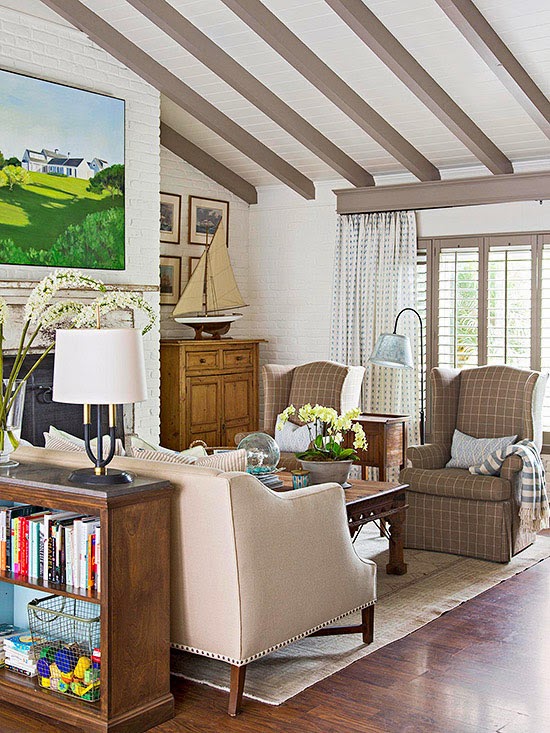

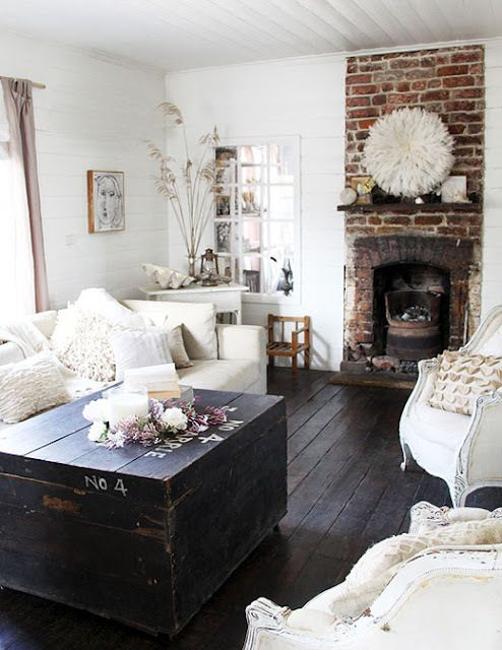


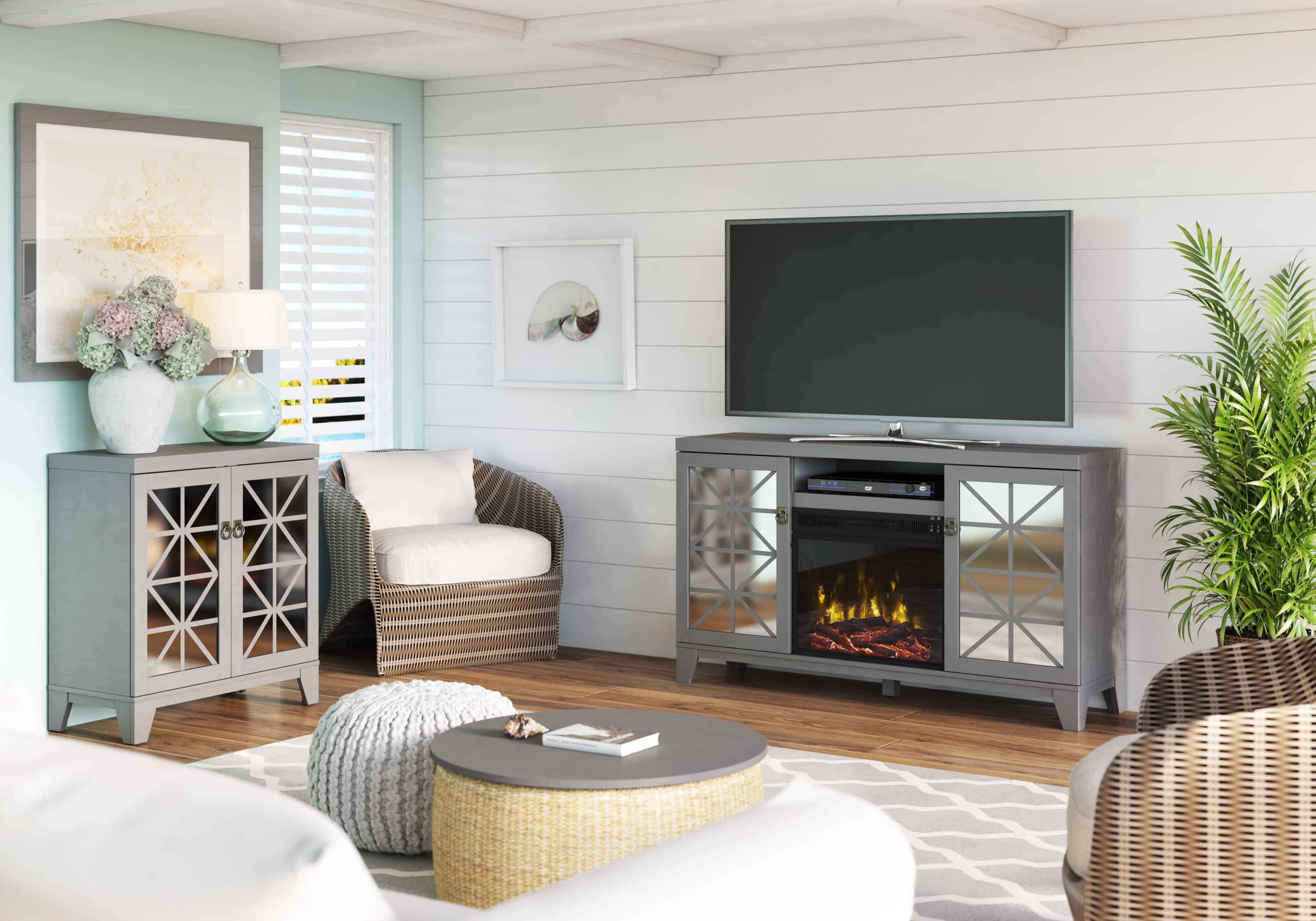
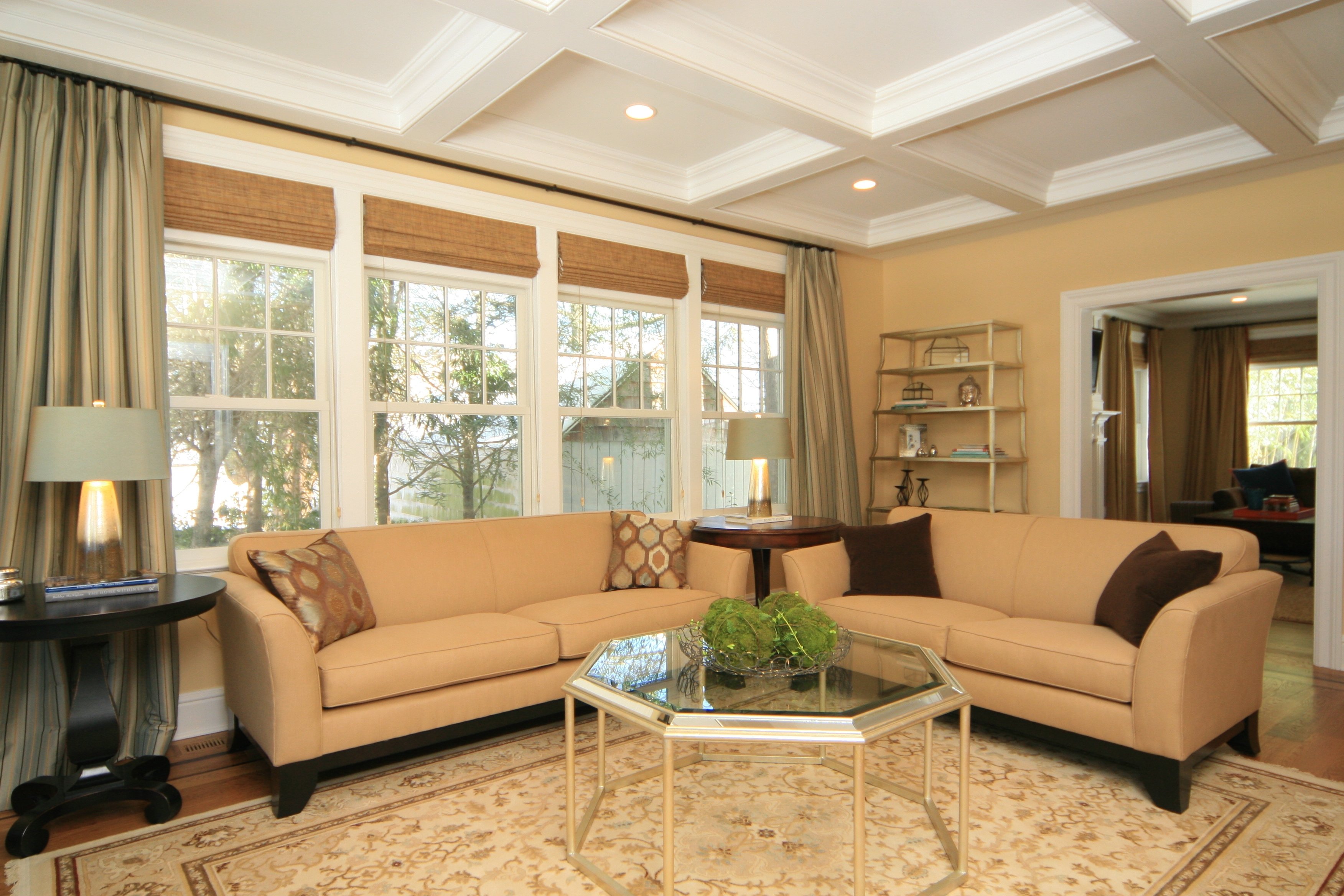


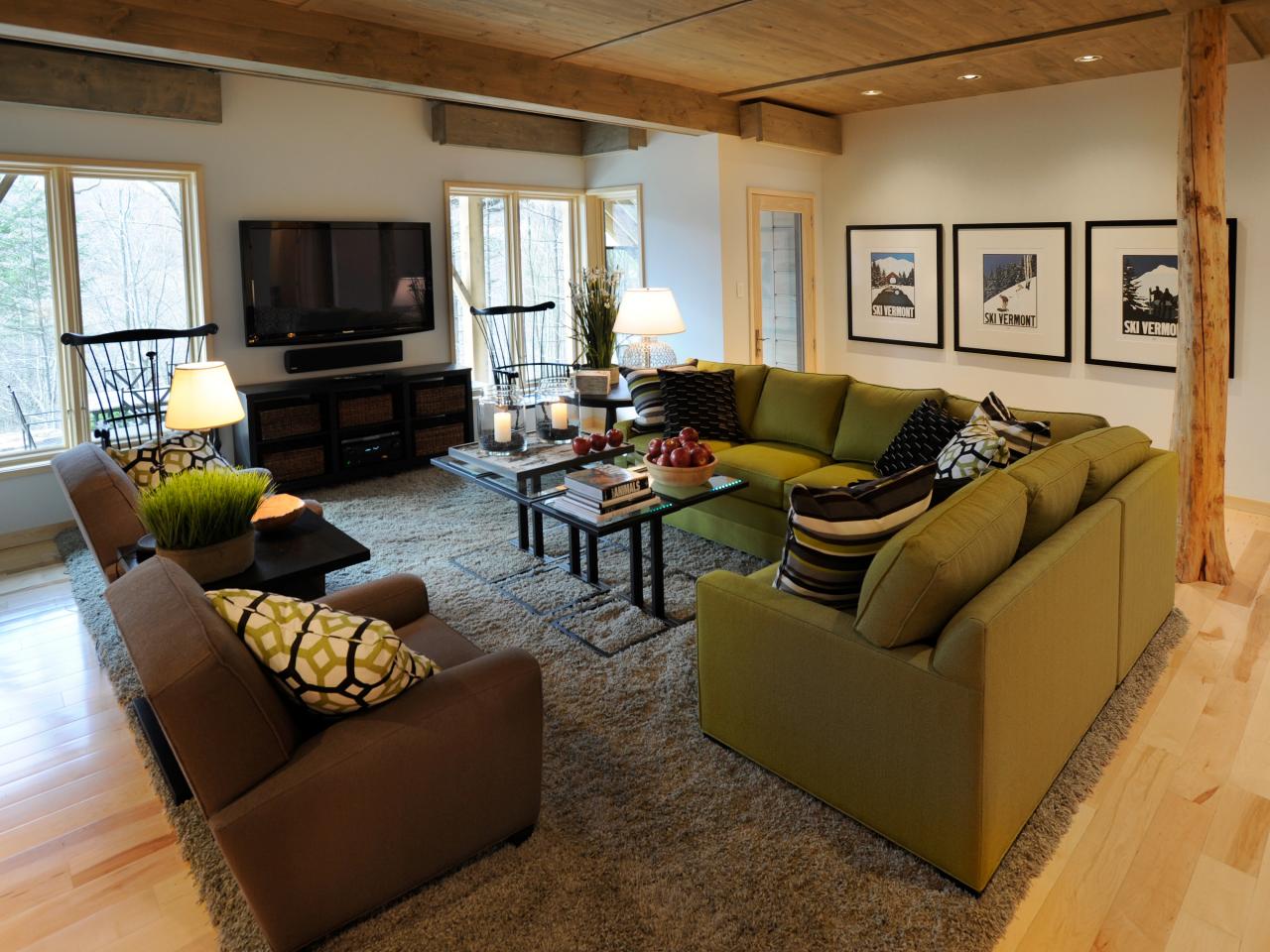

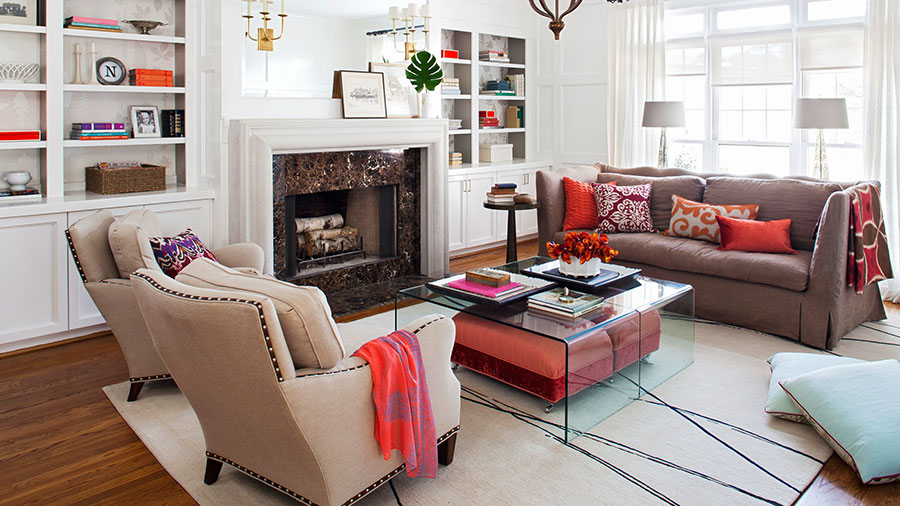
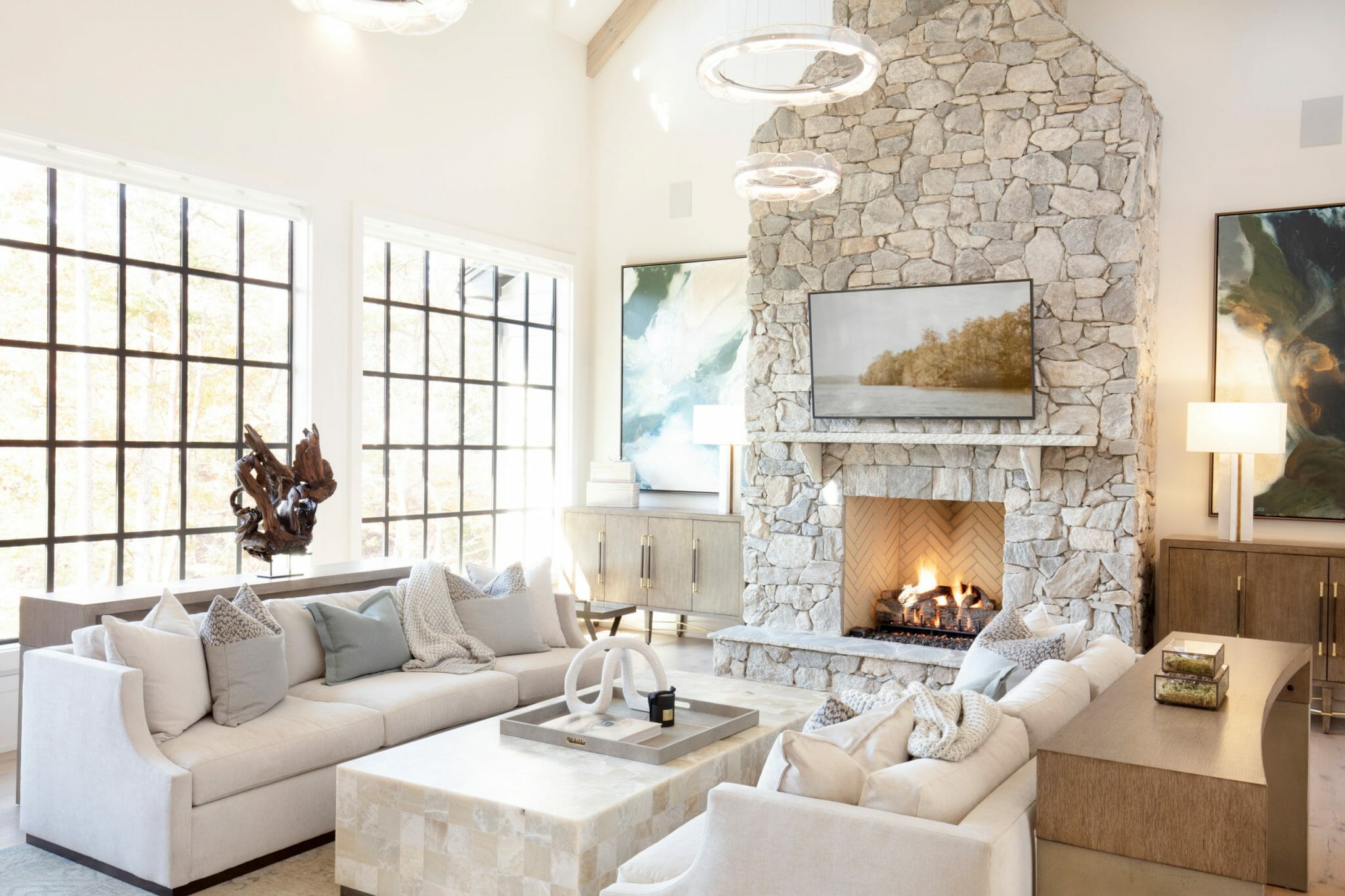





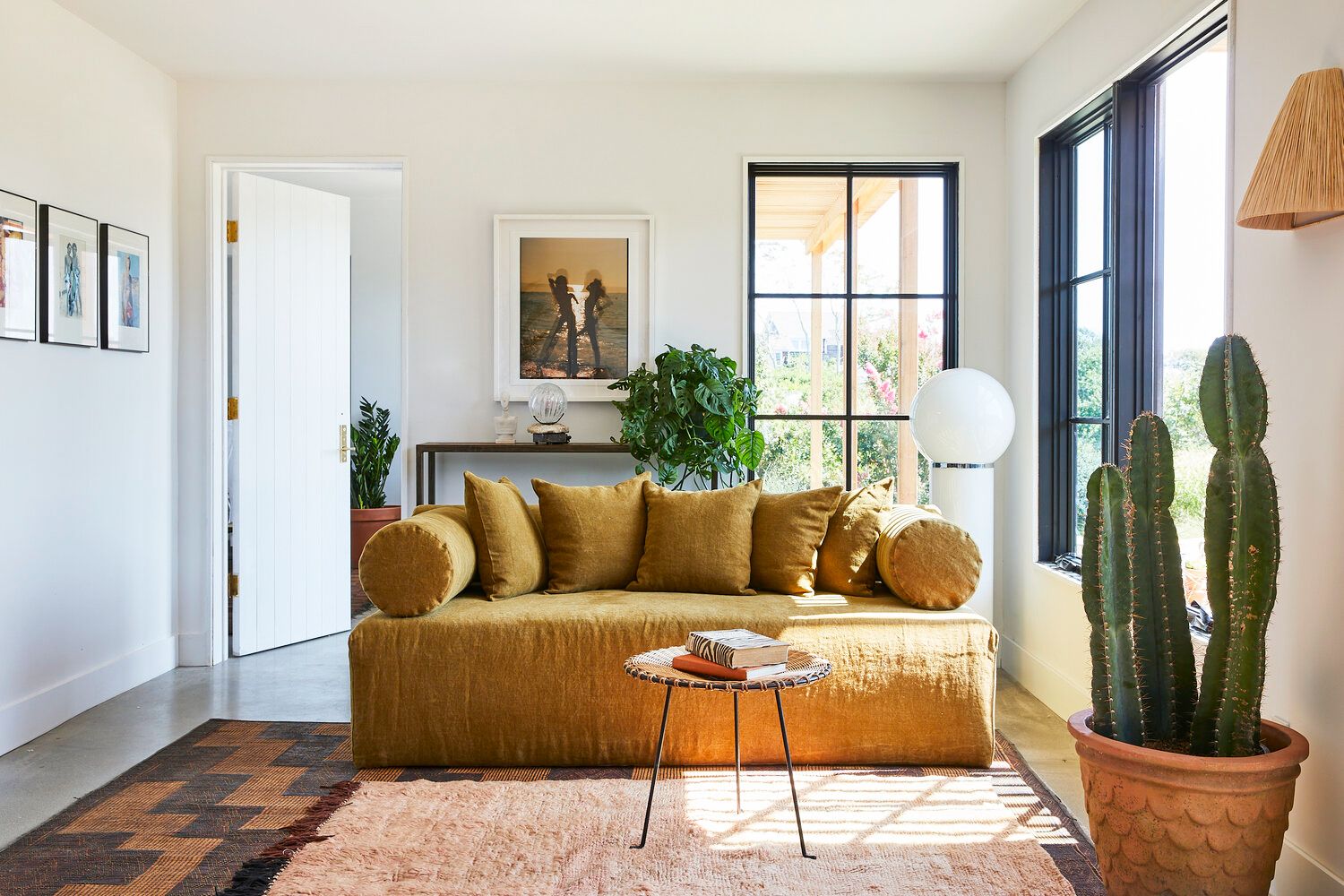




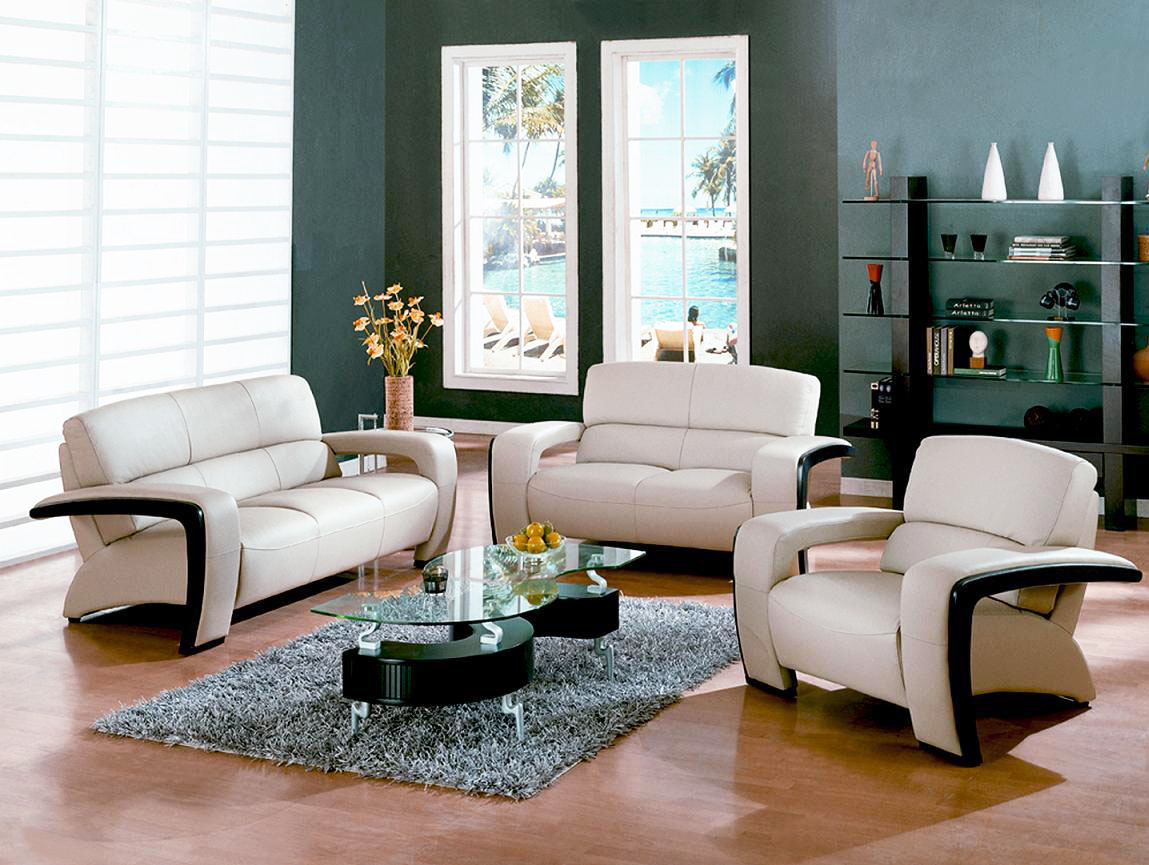
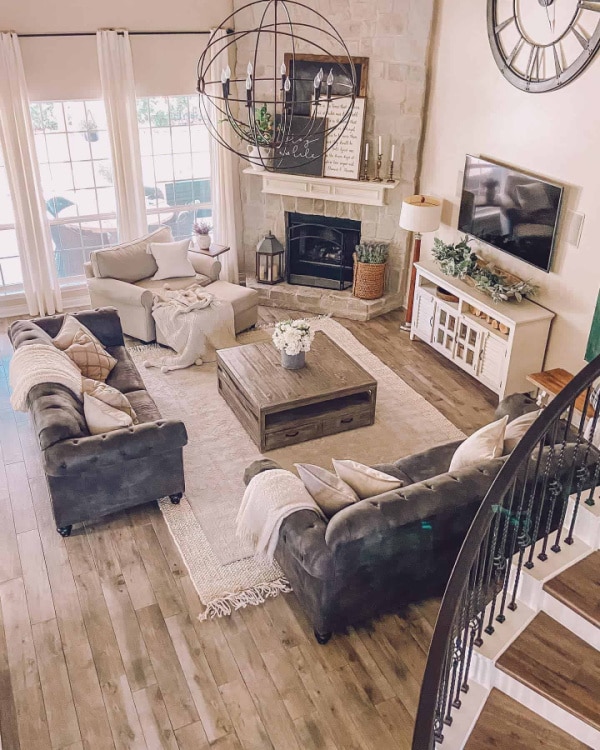








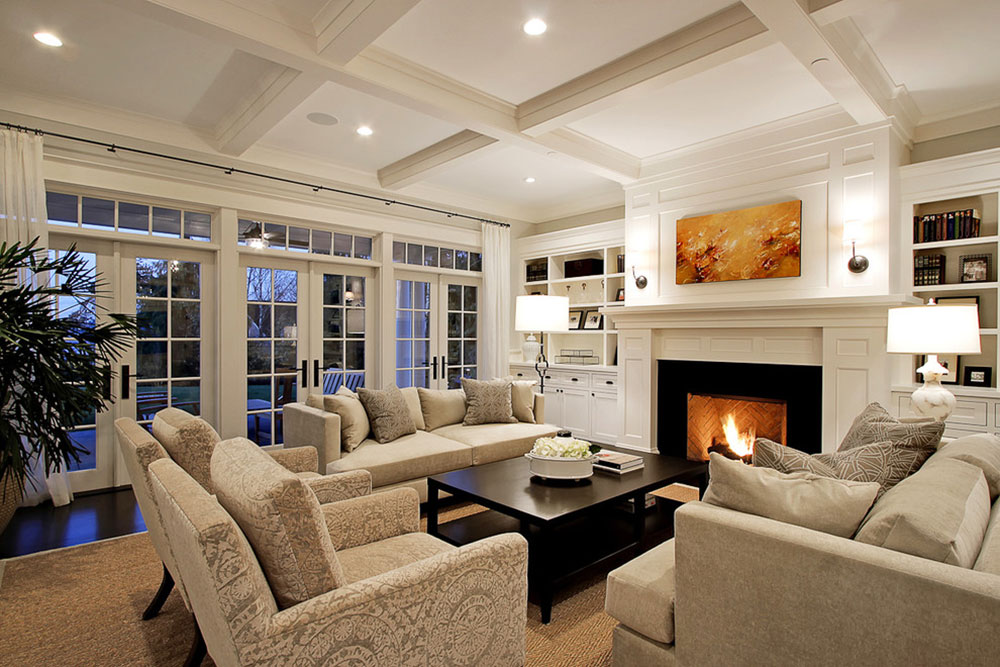



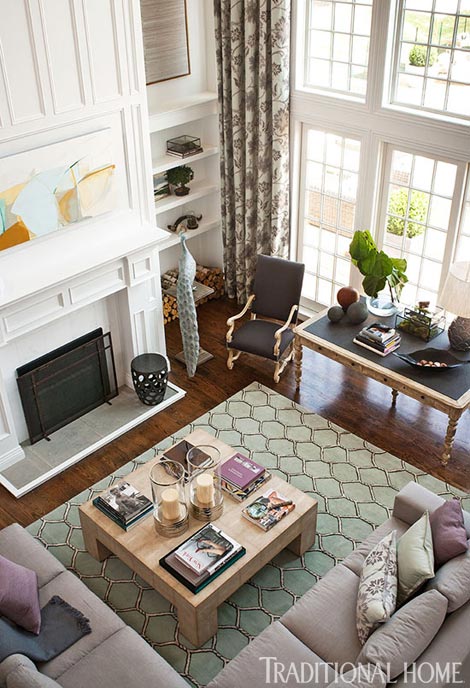
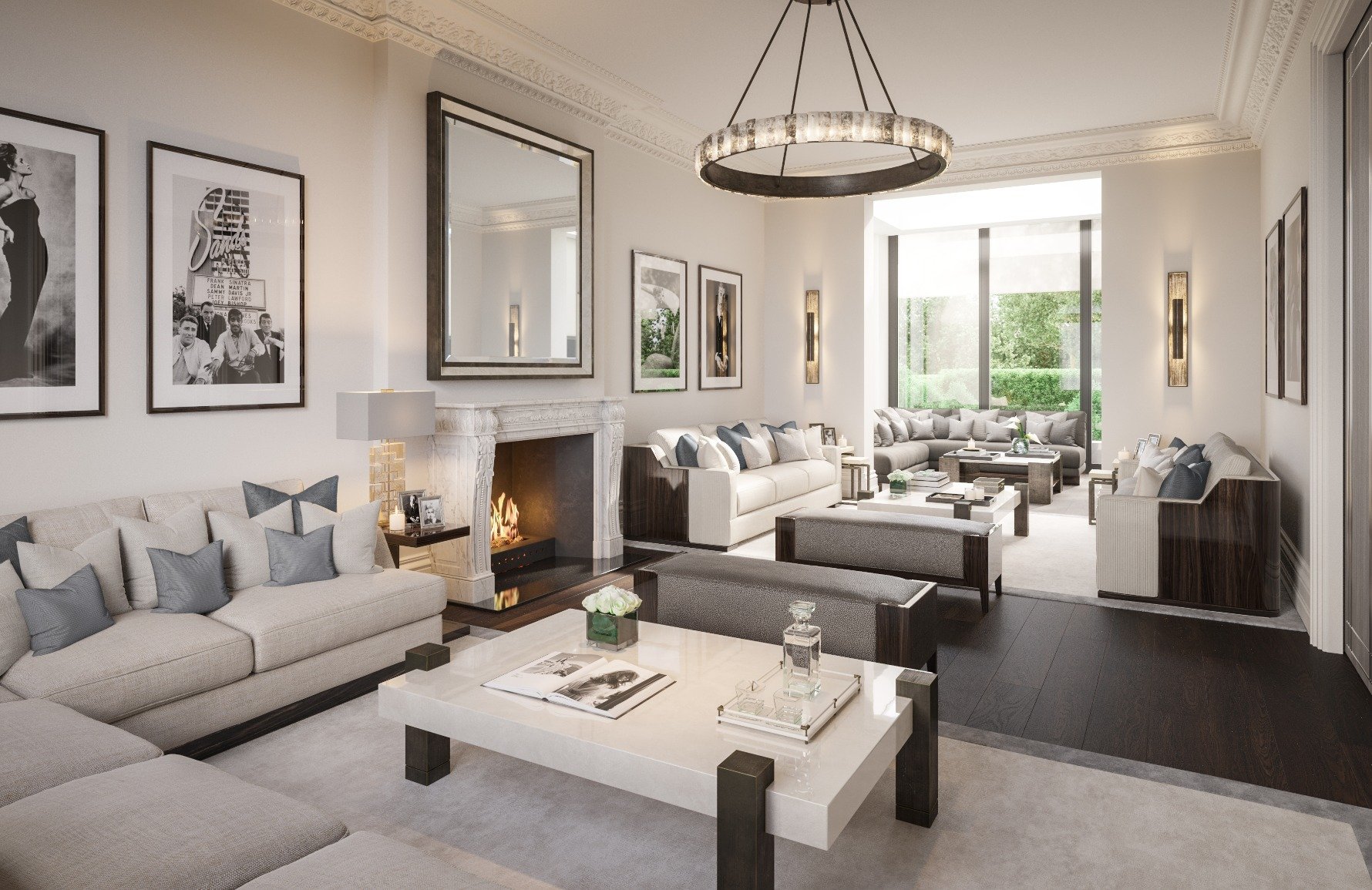







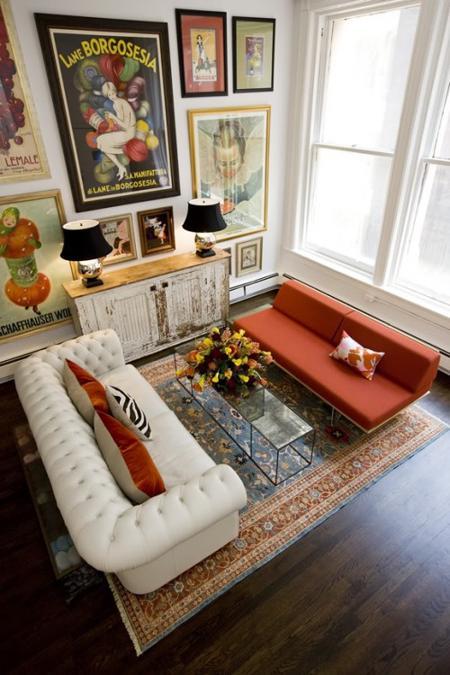




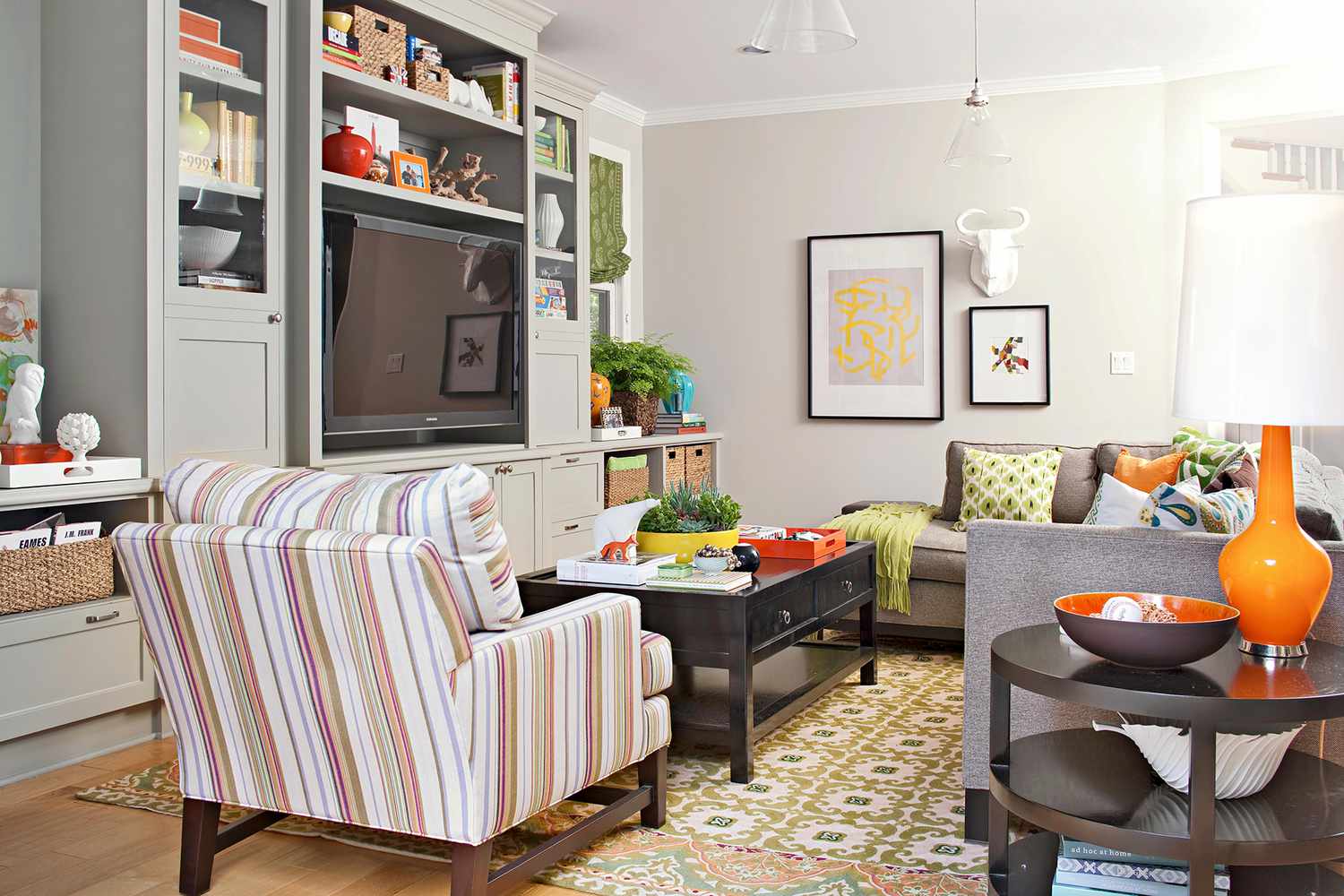
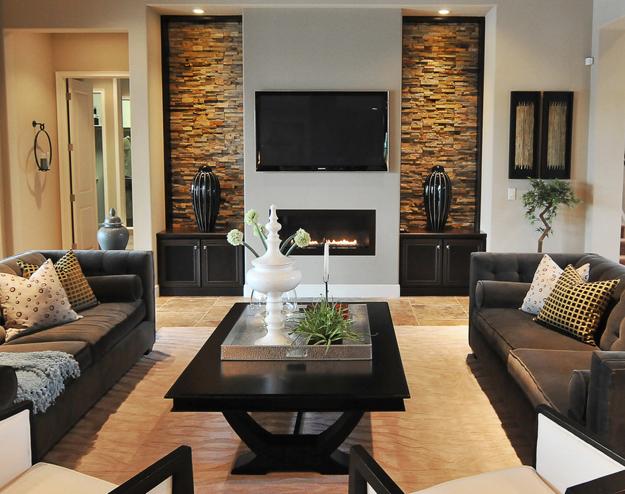








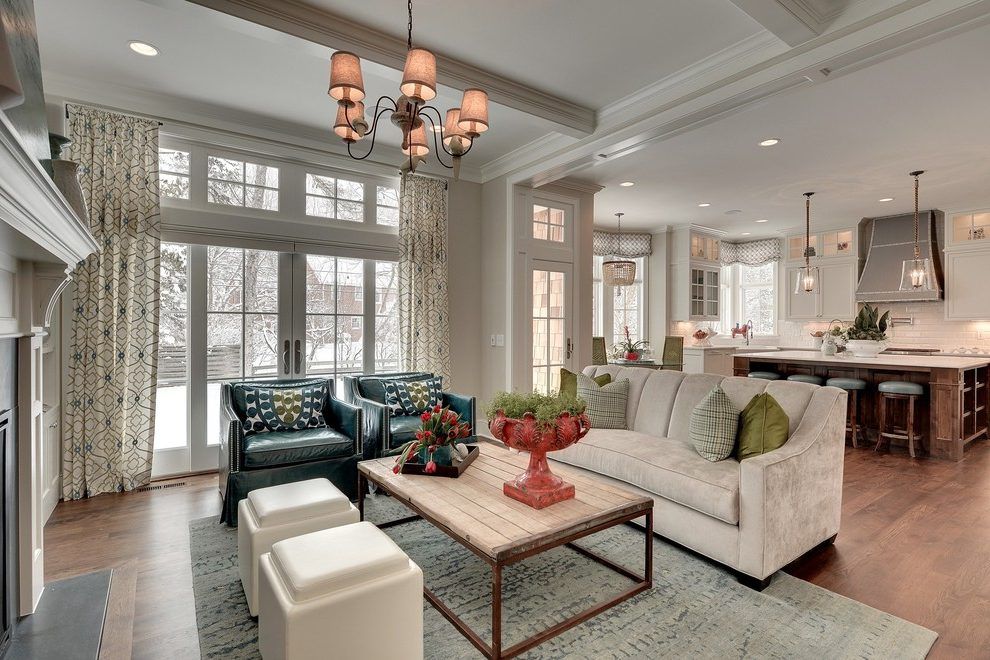

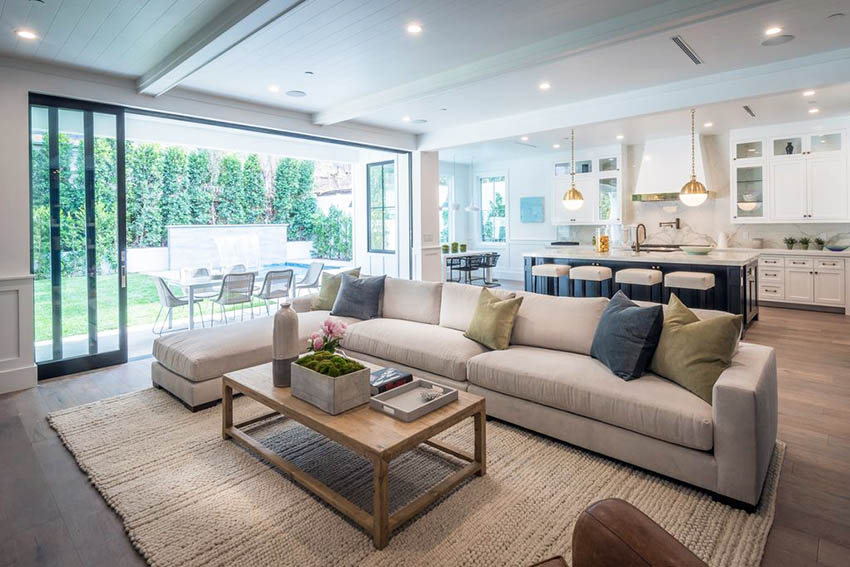



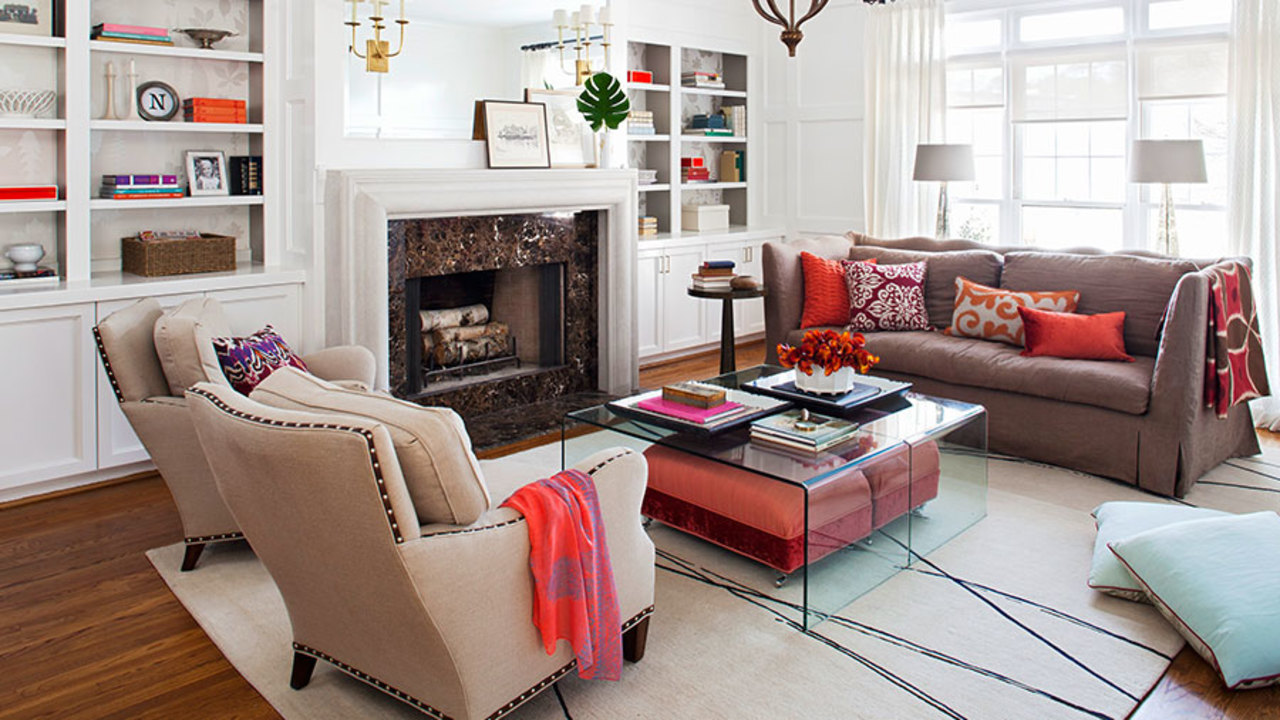






:max_bytes(150000):strip_icc()/arrange-furniture-awkward-living-room-5194365-hero-6738bbe71fea4187861db7ad9afbad44.jpg)
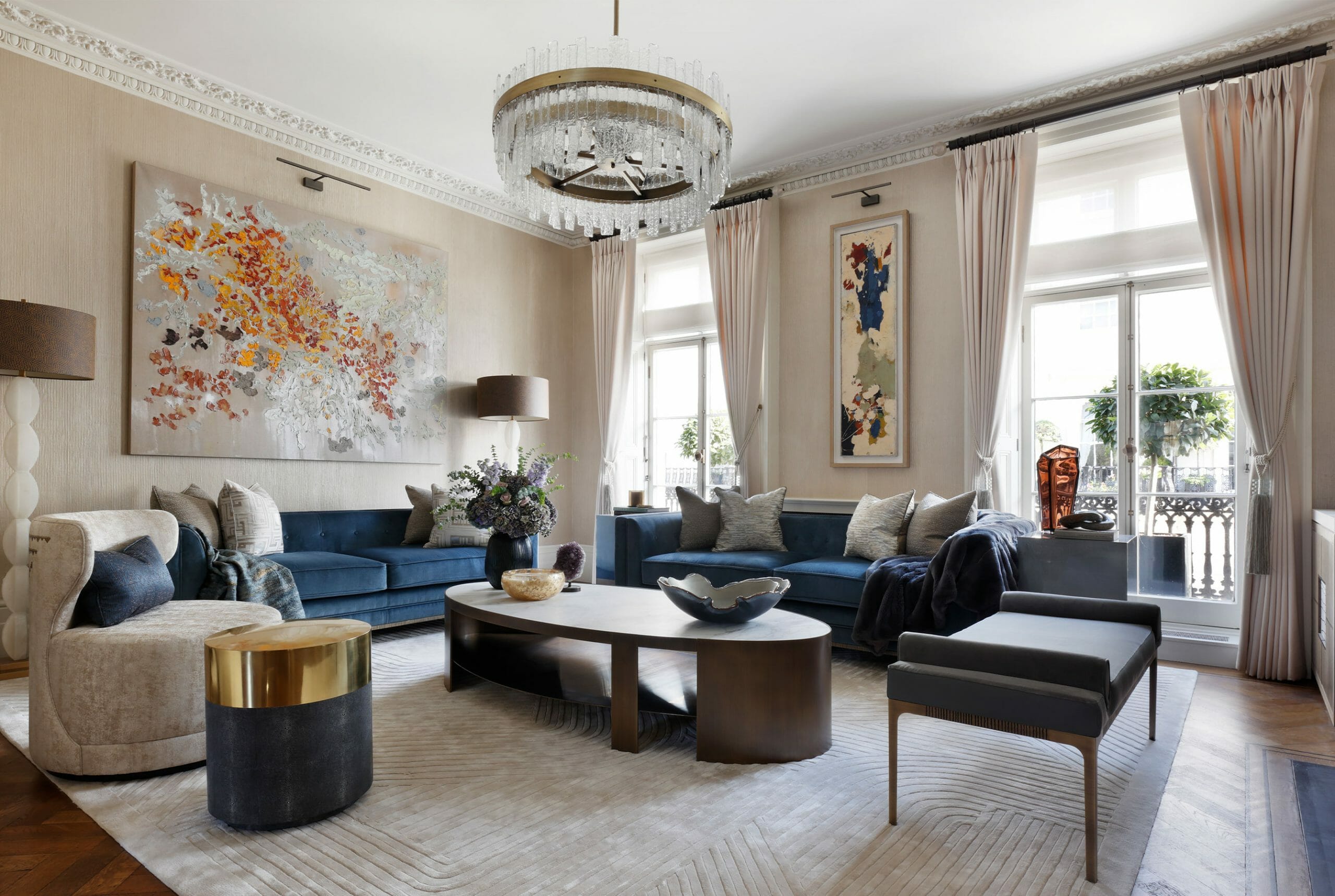


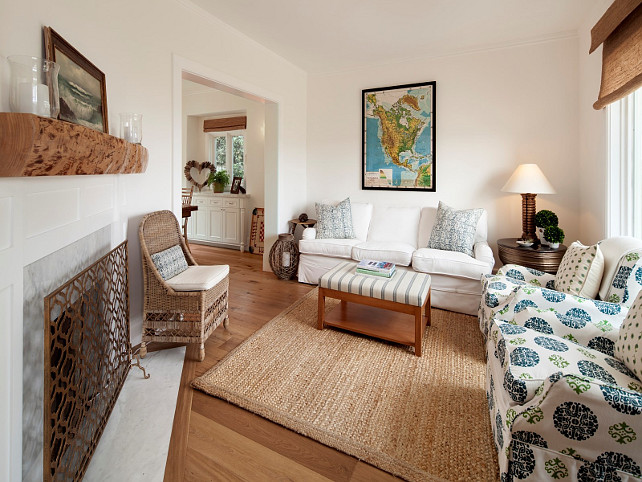







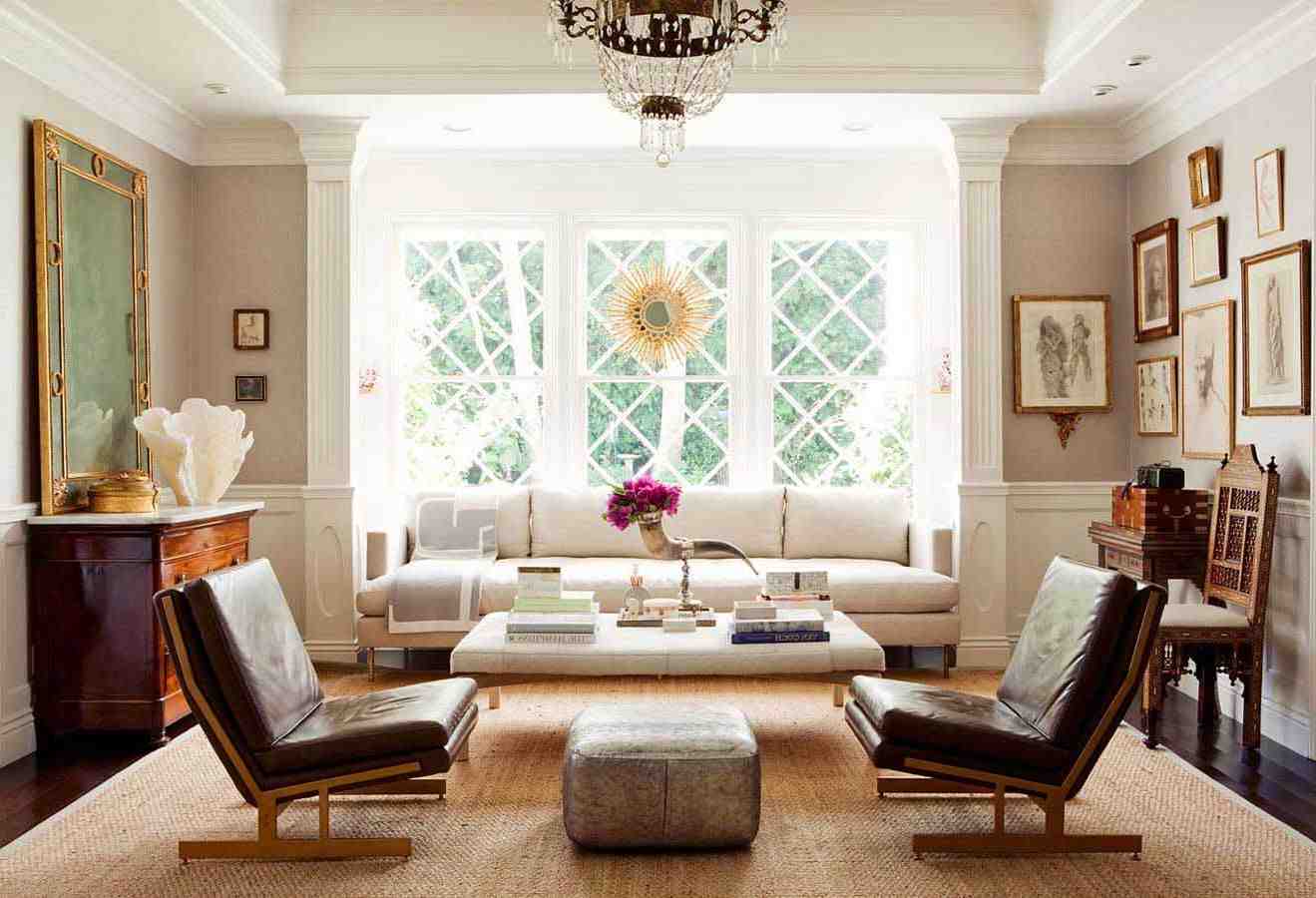



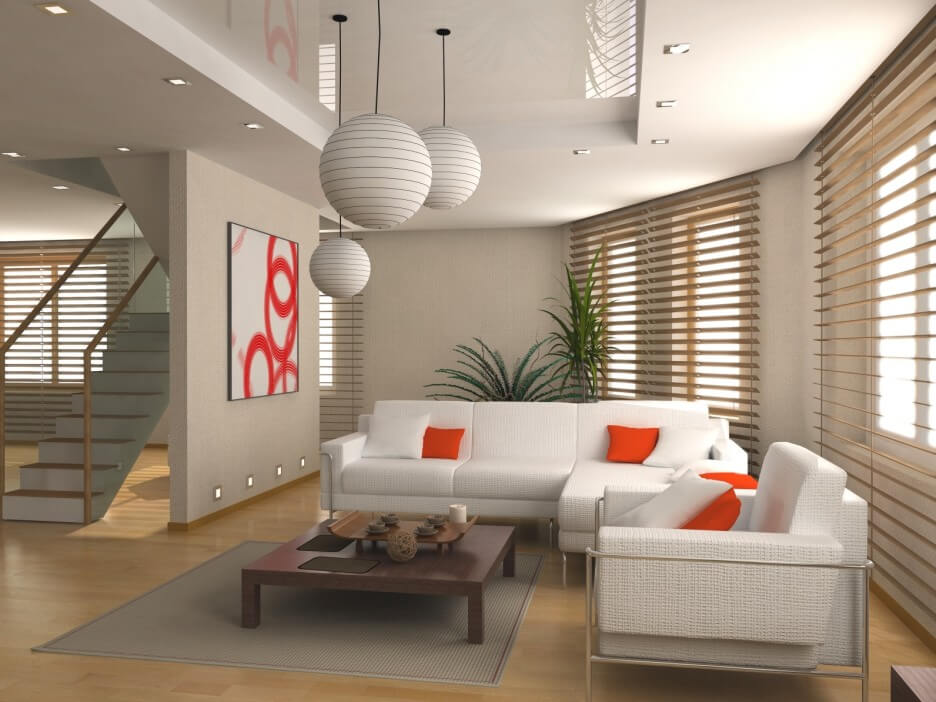
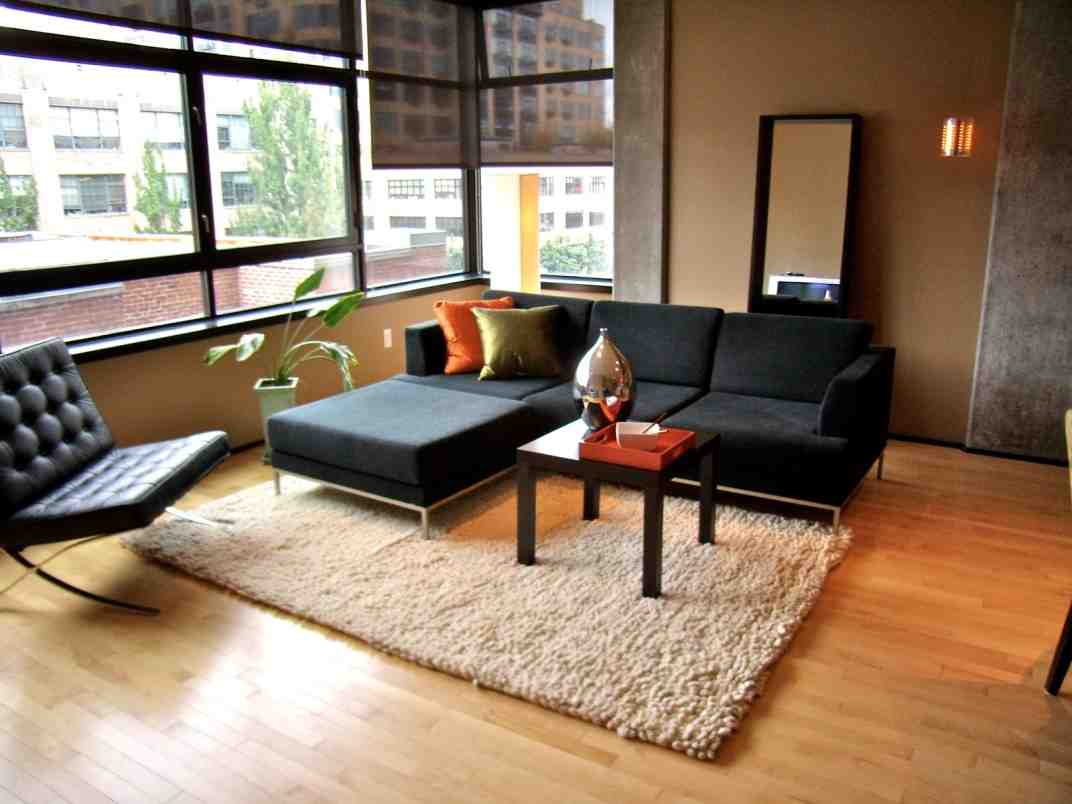
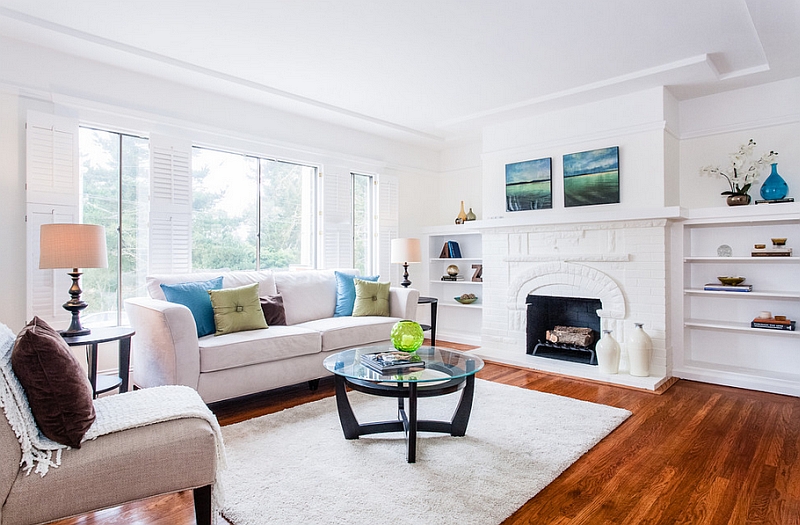
/GettyImages-1093510322-bdcf13ae33e74480934cf9b0e6658e3a.jpg)





